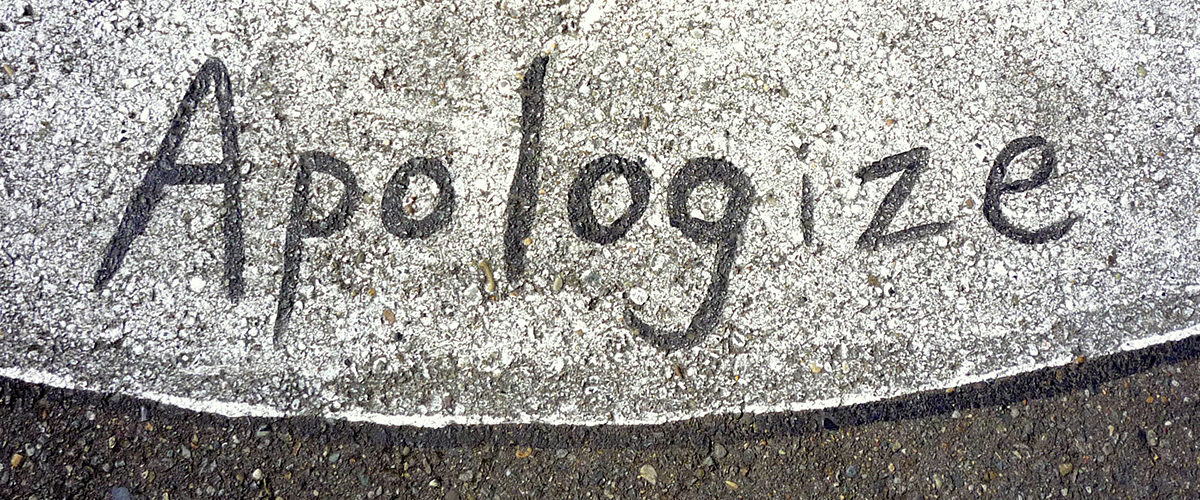
Saying sorry has its pros and cons: it can win audience’s sympathy or lose your credibility.While there are unexpected events that may occur when giving your sales presentation, knowing the right time to say sorry makes a difference.
Why Apologize?
Apologizing isn’t a bad thing. In fact, people who acknowledge their mistakes are seen humble and down-to-earth.When things didn’t happen the way you planned it, apologizing may be your last resort to keep your clients interested in your pitch.However, it doesn’t apply in some occasions. Apologizing may stem from two reasons: you want to show your sincerity or you feel humiliated and you need to say sorry.Either which, you need to know how it can affect you positively and negatively.Just like crafting your PowerPoint deck, all the elements required for your subject goes through intensive planning to effectively get your message across on the big day.
When to Say Sorry
Addressing the crowd’s question – “What’s in it for me?” – is one of the goals which prevent you from disappointing them and wasting their time.Failing to meet their expectations may result in a huge problem, thus putting your credibility at stake.However, instances such as microphone malfunction, your laptop crashes, and outside noises are examples of technical difficulties that may arise at a time that you least expect it.Avoid this beforehand by familiarizing yourself with the venue and having backup plans that can help you survive.Apologizing can put your clients at ease and make them feel that you care about them.
Handle it Wisely
Facing the consequences due to lack of preparation is key to learning from your mistakes.Adjusting to the situation allows you to manage your response and focus on your objective – to encourage clients to take action.When your original plan didn’t work out, go to plan b. Remember that your audience has no idea about your presentation outline.You can still save your performance by changing your mindset and avoiding negativity.Nobody wants to be in an awkward presentation. So when inevitable circumstances happen, apologize gracefully, then proceed to your pitch.
Conclusion
Only you get to decide for yourself if you’ll be apologizing or not.All you need to do is be truthful to your audience and confident in delivering your message.Preparation is vital to achieving your client’s expectations and satisfying their needs.You may have found qualified prospects to listen to your pitch, but it’s not enough to gather sales.Letting them see that you’re professional and credible convinces them to purchase your product offering.Keep their interests in mind and convince them to understand your pitch.This way, you won’t only win them over, you’ll also make them want to go back and listen.When you feel like apologizing to your clients, keep this in mind: just keep going.Back up your skills with a well-designed PowerPoint presentation by letting our team to assist and offer you a free quote!
References
Dlugan, Andrew. “Should a Speaker Apologize to the Audience?” Six Minutes, February 1, 2008. Accessed November 2, 2015. http://sixminutes.dlugan.com/audience-apology-public-speakingFeatured Image: “apologize” by Jason Taellious on flickr.com